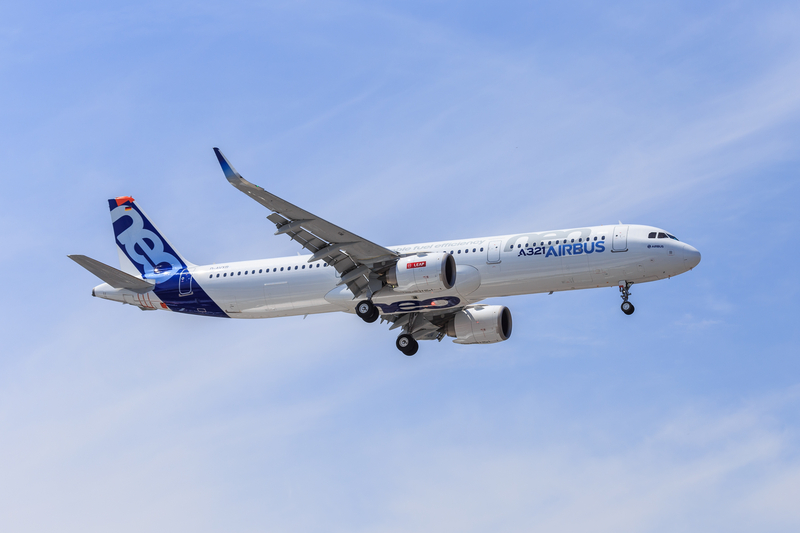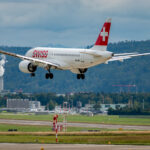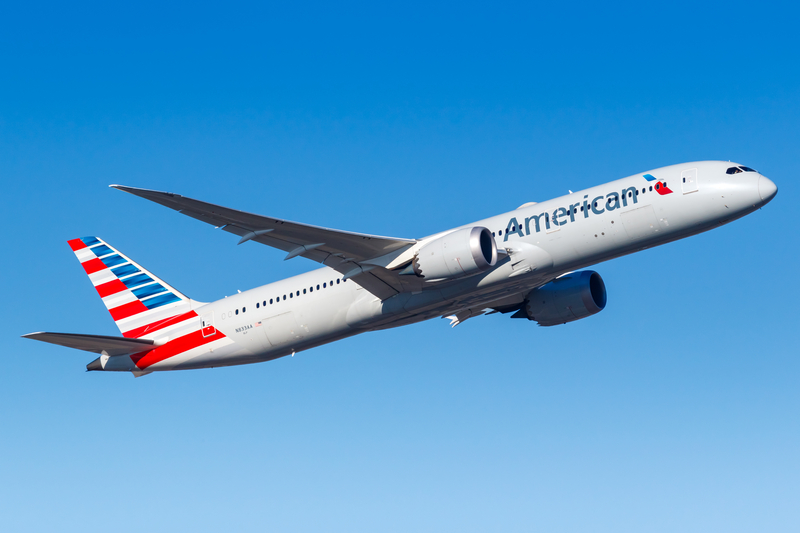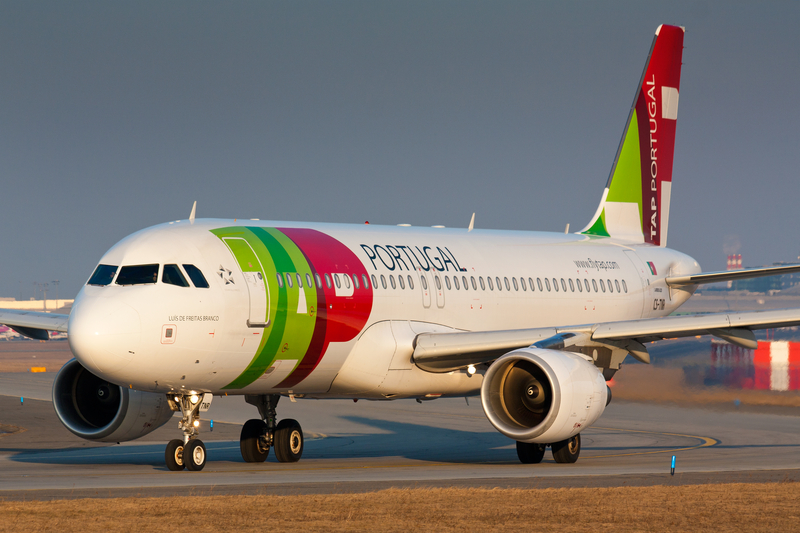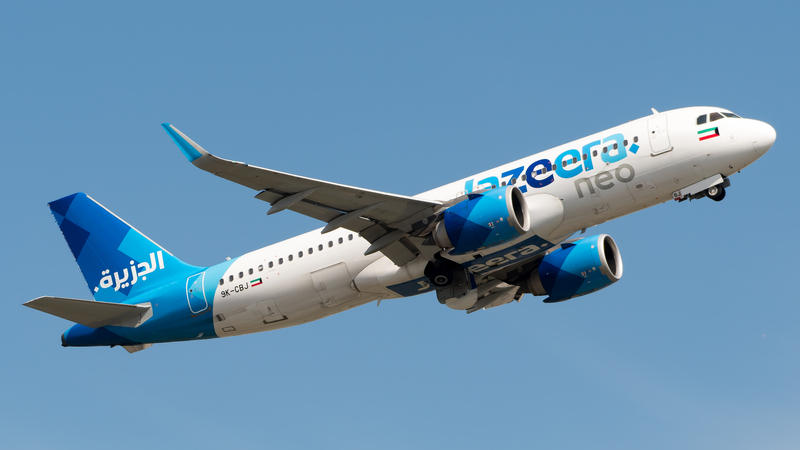Flydubai’s Shock Switch: Up To 150 Airbus A321neos Signal A New Growth Plan
Flydubai has signed a Memorandum of Understanding for up to 150 Airbus A321neos, a dramatic pivot for a carrier built almost entirely on Boeing narrowbodies. The deal, expected to include around 115 firm orders and 35 options, would make Airbus a core supplier to Dubai’s fast-growing hybrid airline and unlock new, longer routes that its current fleet can’t easily reach.
Why this matters
For a decade and a half, flydubai’s strategy has rested on the 737 family. Today it operates nearly 100 Boeing 737s (NGs and MAXs) and still has close to 120 MAXs on order—plus 30 Boeing 787-9s for its first widebody operations. Adding the A321neo family changes the airline’s playbook in three important ways:
Range and reach. The A321LR/XLR variants bring transcontinental—and in some cases transoceanic—range to a single-aisle jet, opening thinner medium- and long-haul markets from Dubai without the cost of a widebody. That supports flydubai’s push into secondary cities across Europe, Africa, and Asia.
Capacity flexibility. The A321neo carries more passengers than the 737-8 while maintaining strong economics, letting flydubai densify high-demand routes or upgauge seasonally without jumping to a 787.
Supplier diversification. Splitting narrowbody purchases between Airbus and Boeing reduces program risk and gives the airline leverage on pricing, delivery slots, and support—especially valuable amid certification delays and supply-chain bottlenecks across the industry.
The Dubai World Central factor
Flydubai’s chairman framed the order around the coming Dubai World Central (DWC) move, positioning the carrier to be a pillar of the airport’s long-term growth. DWC is set to evolve into Dubai’s primary mega-hub next decade, and a high-range narrowbody like the A321XLR is tailor-made for hub-and-spoke banks that stitch together dozens of mid-size cities at optimal frequencies.
A quiet verdict on the “middle of the market”
Boeing’s 737 MAX 10 offers extra seats but not the legs of Airbus’s long-range A321s. For airlines that want narrowbody range with widebody ambition, the A321LR/XLR currently defines the category. Flydubai’s MoU is, in effect, a vote for that capability—especially while Boeing has no certified, like-for-like competitor.
What it means for Emirates—and for passengers
Flydubai and Emirates already coordinate schedules and codeshare extensively under common ownership, yet they remain distinct brands. An A321neo fleet strengthens the partnership’s “coverage map”: Emirates focuses on high-density, long-haul widebody flying, while flydubai uses efficient single-aisles to feed the hub and probe new city pairs. Whether that eventually argues for a deeper integration or even a merger is a strategic question for another day; operationally, the complement is obvious.
For travelers, expect:
-
New nonstop city pairs that skip traditional hubs, especially to secondary European and Asian markets.
-
More frequencies on mature routes where an A321neo can right-size capacity between the 737-8 and 787-9.
-
Cabin upgrades consistent with flydubai’s steady move upmarket, including lie-flat business on longer missions.
Not a done deal—yet
An MoU isn’t a firm order, and Airbus and flydubai still need to finalize variants, delivery slots, and engine selections. Timelines weren’t disclosed. But even at this stage, the signal is unmistakable: flydubai is planning for a much larger, farther-reaching network, and it wants Airbus’s longest-leg narrowbodies to make it happen.
Bottom Line
Flydubai’s planned acquisition of up to 150 A321neos is a watershed moment for the airline and a strategic win for Airbus. It gives flydubai the range and gauge to stretch beyond its current footprint, supports Dubai’s DWC vision, and hedges supplier risk—all while turning up the competitive heat on Boeing in the most consequential corner of the single-aisle market.
